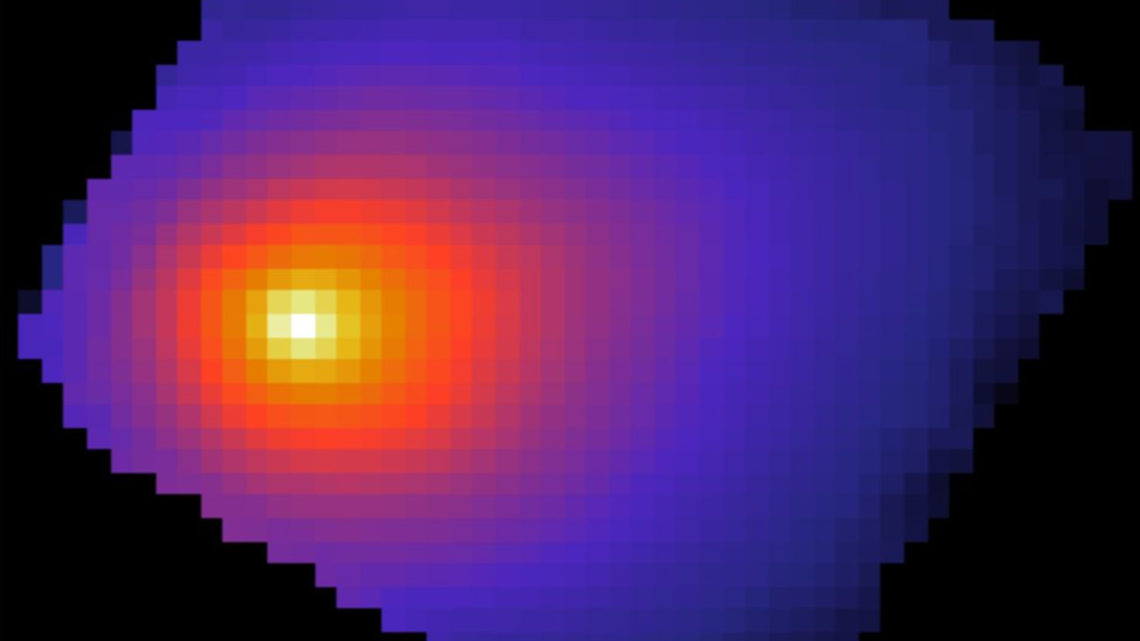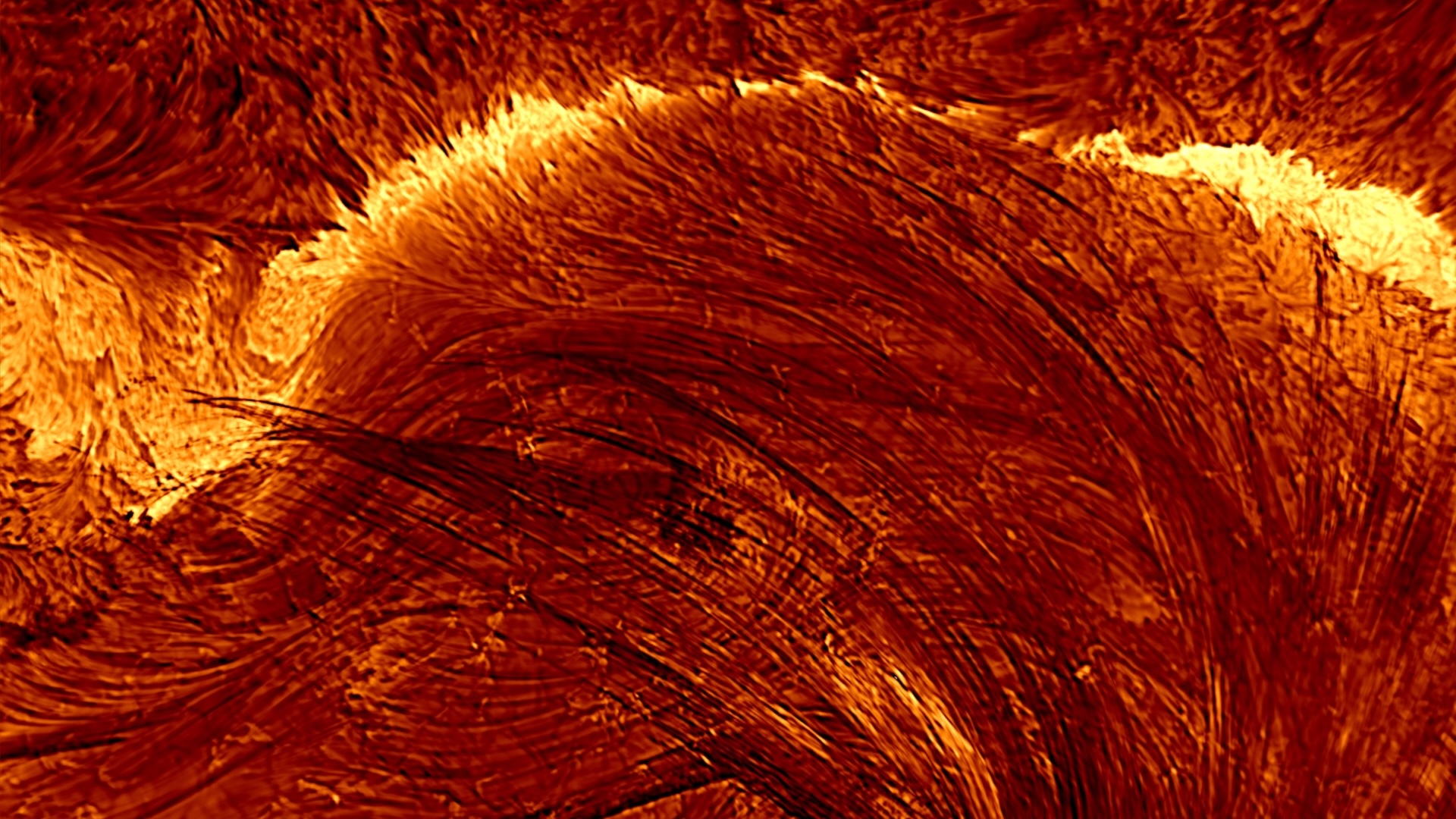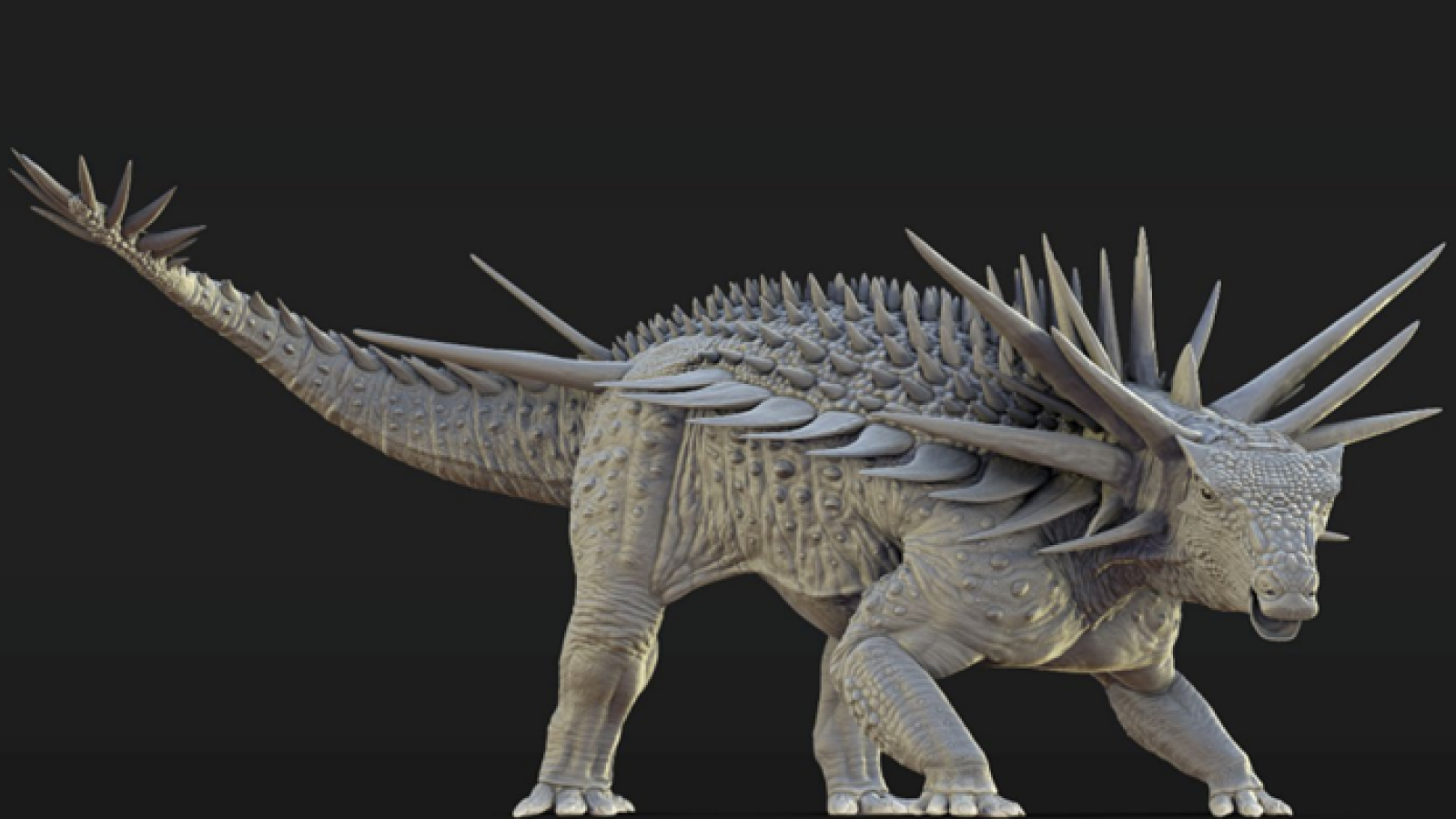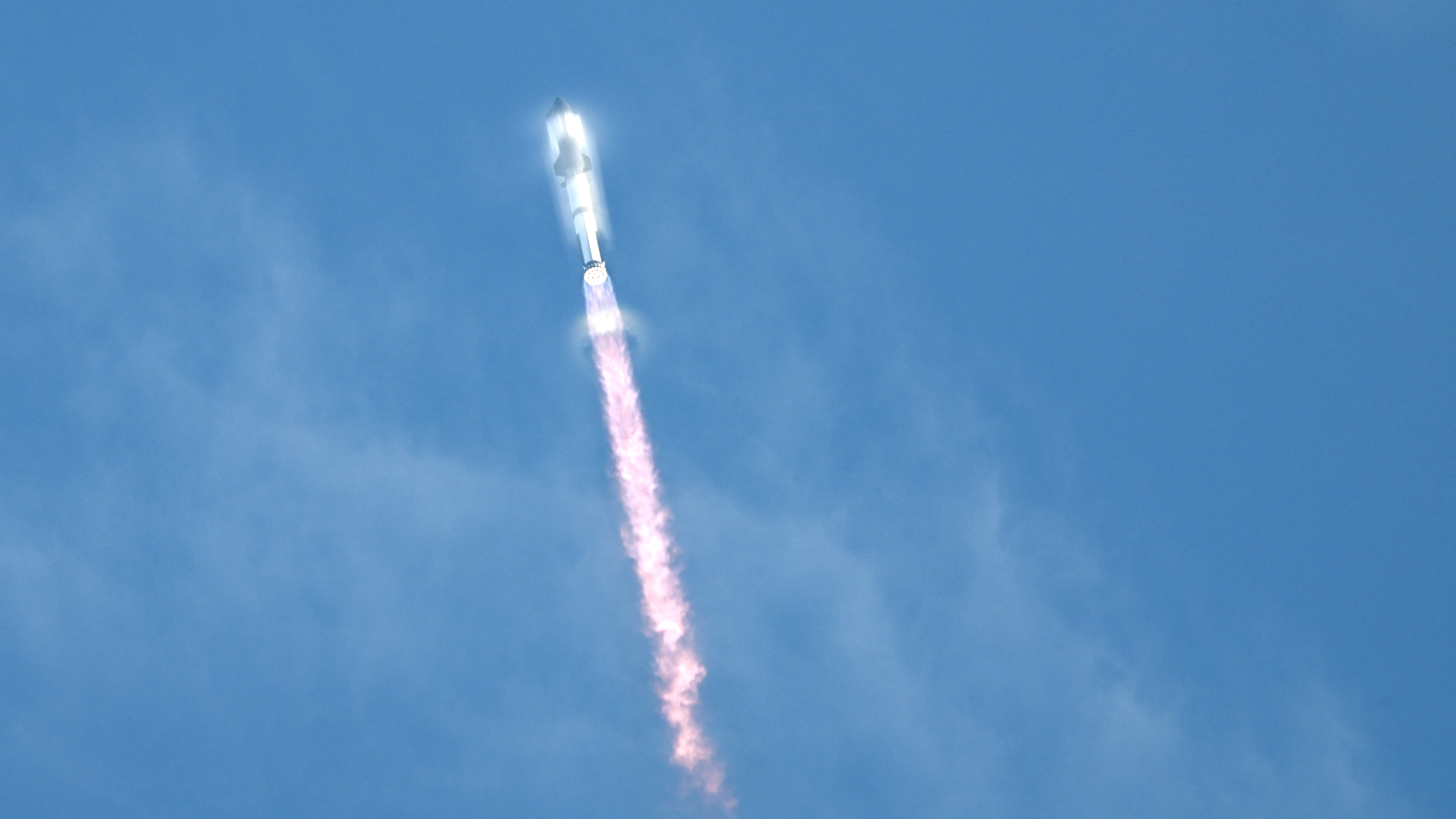Astronomers have found something strange in the James Webb Space Telescope’s first images of interstellar comet 3I/ATLAS as it hurtles toward our sun, according to a new study.
The telescope’s initial observations suggested that 3I/ATLAS has one of the highest carbon dioxide (CO2) to water (H2O) ratios ever recorded in a comet. This unusual chemistry, if confirmed, could shed light on 3I/ATLAS’ mysterious origins beyond our solar system.
Scientists have been using various telescopes to learn all they can about 3I/ATLAS since its discovery in July. The extremely rare comet is only the third confirmed interstellar object ever recorded, and researchers are keen to study its makeup before the intruder whizzes past our sun in October and exits the solar system for good.
The first James Webb Space Telescope (JWST) observations took place on Aug. 6, with researchers making use of the JWST’s near-infrared spectrograph to decipher the comet’s physical properties based on the light it emits. They reported their findings Monday (Aug. 25) in a preprint paper posted on the European research repository Zenodo, so they have not yet been peer-reviewed.
Comets develop an atmosphere, or coma, as they fly by stars. This cloud of gas and dust grows larger and brighter the closer a comet gets to a star, with ice and other materials on the comet heating up and releasing gas in a process called outgassing. The JWST imaging revealed that 3I/ATLAS’ coma was dominated by carbon dioxide, according to the study.
The researchers noted that the high carbon dioxide content could be linked to exposure to radiation or where the comet formed in relation to the distance at which CO2 froze (the CO2 ice line) around its parent protoplanetary disk — the swirling gas and dust that surrounds young stars and from which planets, comets and asteroids are born.
“Our observations are compatible with an intrinsically CO2-rich nucleus, which may indicate that 3I/ATLAS contains ices exposed to higher levels of radiation than Solar System comets, or that it formed close to the CO2 ice line in its parent protoplanetary disk,” the researchers wrote in the study.
Related: Interstellar comet 3I/ATLAS transforms into a giant ‘cosmic rainbow’ in trippy new telescope image
Astronomers are learning more about 3I/ATLAS with each new observation. Their findings so far indicate that the comet is whizzing along at speeds in excess of 130,000 mph (210,000 km/h) in an unusually flat and straight trajectory that is unlike anything else in the solar system.
Initial size estimates put the comet at around 7 miles (11 kilometers) wide. However, subsequent data from the Hubble Space Telescope suggested that 3I/ATLAS is probably closer to a maximum of 3.5 miles (5.6 km) across. Either way, it’s likely the largest interstellar object ever seen. 3I/ATLAS could also be the oldest comet ever seen, with one study suggesting it’s around 3 billion years older than our 4.6 billion-year-old solar system. It’s currently unclear where the comet came from.
That hasn’t stopped some from speculating. Last month, a controversial preprint study explored the idea that 3I/ATLAS could be a piece of “possibly hostile” extraterrestrial technology in disguise. However, experts told Live Science that the study’s claims were “nonsense” and “insulting.”
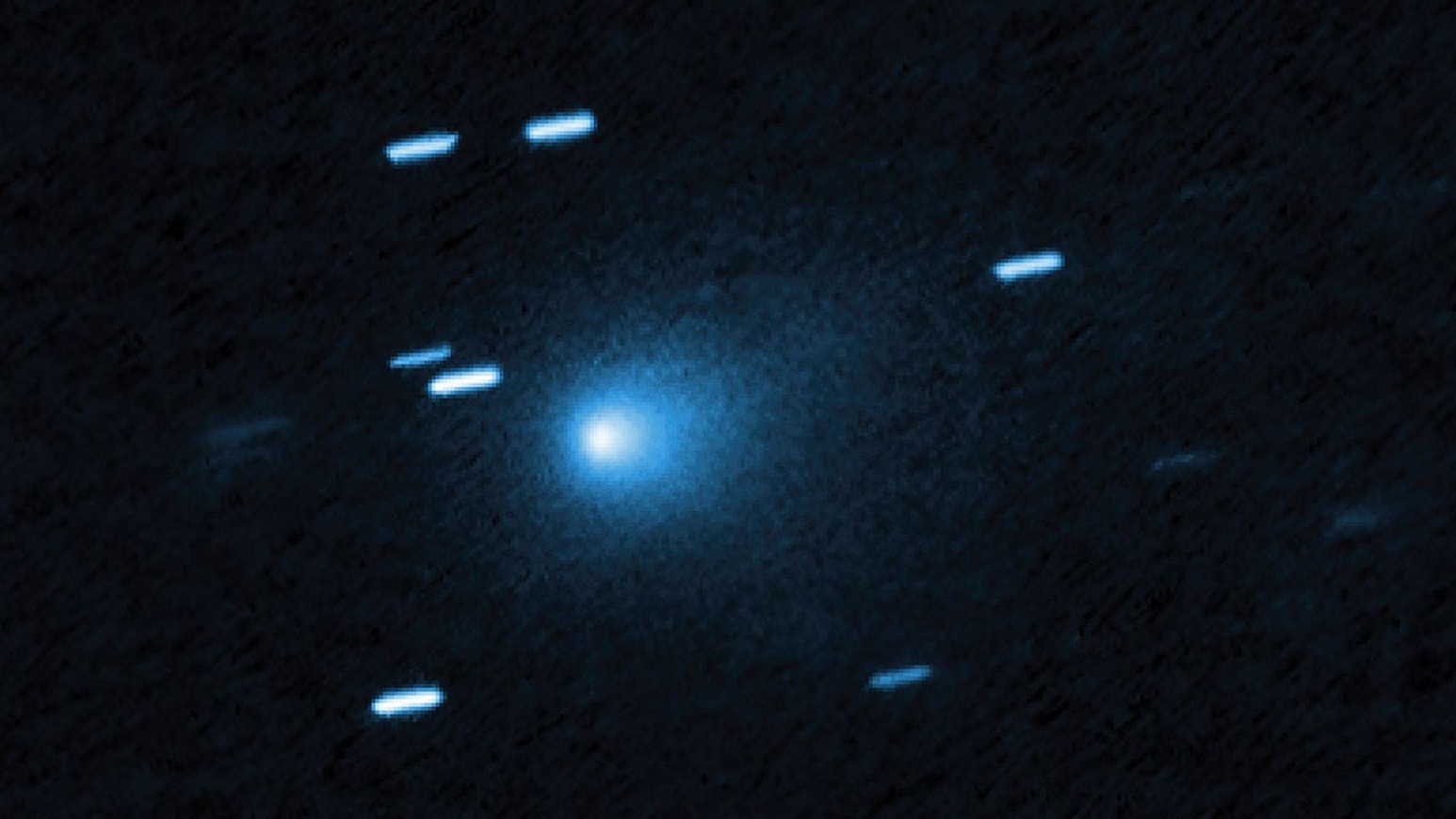
The speed of the comet, which has the highest velocity ever recorded for a solar system visitor, is evidence that 3I/ATLAS has been on the move for billions of years, gaining momentum from a gravitational slingshot effect as it whips by stars and nebulas, according to a NASA statement released earlier this month following the Hubble Space Telescope observations.
“No one knows where the comet came from,” David Jewitt, an astronomer at UCLA and science team leader for the Hubble observations, said in the statement. “It’s like glimpsing a rifle bullet for a thousandth of a second. You can’t project that back with any accuracy to figure out where it started on its path.”





